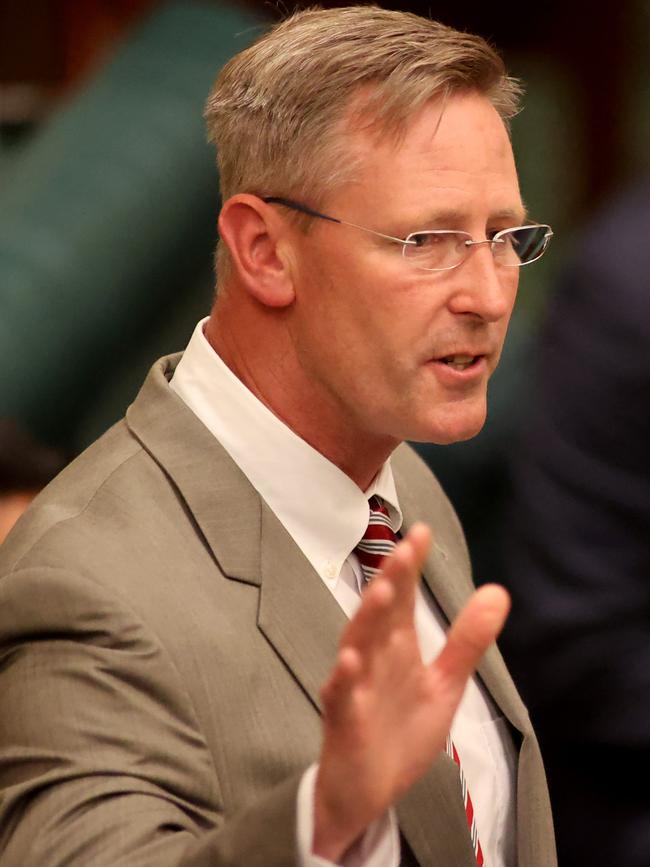SA household power prices fall $111 in first months of 2020-21, ESCOSA finds
Household electricity bills fell 5 per cent, or $111 a year, in the first months of this financial year, a special independent report says.

SA News
Don't miss out on the headlines from SA News. Followed categories will be added to My News.
Electricity prices for households have been falling this financial year, a special report by the Essential Services Commission of South Australia shows.
Average market prices dropped $111/year from June last year, the report commissioned by Energy and Mining Minister Dan van Holst Pellekaan found.
The commission usually reports annually on average prices in the market.
Its 2019-20 report found average market offer – the type of contract applying to more than 90 per cent of households – was $2086/year.
Because most retailers dropped their prices at the start of this financial year, Mr van Holst Pellekaan asked ESCOSA for an update.
The independent statutory authority found prices had dropped by $111 – or 5 per cent – to $1975/year.
“We are putting hundreds of dollars back into the pockets of hardworking South Australians, which stimulates the economy and creates jobs,” Mr van Holst Pellekaan said.
“We’re delivering cheaper electricity, whilst also delivering the most ambitious agenda on climate action and renewable energy of any SA Government – 100 per cent net renewable energy generation by 2030.”
Prices increased by $268/year in 2017-18 compared to the year before, then fell $62 and $96 and now $111 as at October 31
The price falls are consistent with big decreases in the wholesale prices of generating electricity in South Australia which reached 60 per cent supply from renewables last financial year.
In 2019, wholesale spot prices averaged $109.80/megawatthour in SA. In 2020 they fell to $62.04 and in January and February this year are at $32.84 even though summer is usually the most expensive period.

Because wholesale prices are extraordinarily volatile, retailers buffer their position with financial products – but lower costs eventually flow through to household bills.
A related, additional issue has arisen in SA because of the high take-up of rooftop solar.
The Australian Energy Market Operator says SA is on track for all its electricity demand to be met from rooftop solar for short periods from Spring this year.
Called “negative net demand” it would mean no energy would need to be sold by big generators via the grid to SA customers.
Usually, retailers or other entities pay for the energy customers use but AEMO also adds in the cost of running stabilisation services, charging for those ancillary services at proportions based on the amount of energy bought.
At times of low demand from the grid, AEMO still needs to ensure frequency is stable and reserve power is available.
If no energy is being purchased, AEMO has nowhere to allocate the cost of these ancillary services.
“The allocation equations currently used to recover non-energy costs cannot be solved,” AEMO says.
It has written to the rule-setting body, the Australian Energy Market Commission, for an urgent rule change.
AEMO wants to be allowed to allocate the costs on average usage when actual energy usage dips too low.


